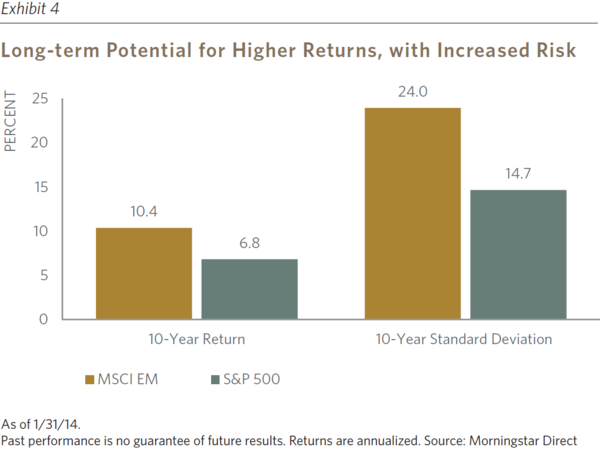Volatility Index Uncovers Market Bottoms
Post on: 26 Апрель, 2015 No Comment

More and more investors are using options prices offered by the Chicago Board Options Exchange’s Volatility Index (VIX), to help determine market direction.
The VIX is one of the investment industry’s most widely accepted methods to gauge stock market volatility. and for good reason. Here we’ll take a look at why it works and how you can make it work for you in your trading endeavors. (For background reading, see Volatility’s Impact On Market Returns .)
The first version of this index was developed by the Chicago Board Options Exchange in 1993 and was calculated by taking the weighted average of implied volatility for the Standard and Poor’s 100 Index (OEX) calls and puts. However, in September 2003, this was revised to provide a more accurate depiction of broad market volatility. In essence, VIX is a gauge of investors’ confidence or non-confidence in market conditions.
It is important to understand that the VIX does not measure the volatility of a single issue or option instrument, but uses a wide range of strike prices of various calls and puts that are all based on the S&P 500. What is formed is a more accurate measure of the market’s expectation of near-term volatility. (For further reading, see Getting A VIX On Market Direction .)
Determining Market Direction
Incorporating a wide range of S&P 500 Index options truly makes this index a cross-section of investor sentiment. The VIX has an inverse relationship to the market. A low VIX — within a range of 20 to 25 — indicates that traders have become somewhat uninterested in the market and generally leads to a period of heightened volatility. The value of VIX increases as the market becomes fearful and decreases when the market feels confident about its future direction. A rising stock market is seen as less risky and a declining stock market more risky. The higher the perceived risk in stocks, the higher the implied volatility and the more expensive the associated options, especially puts, become. Hence, implied volatility is not about the size of the price swings, but rather the implied risk associated with the stock market. When the market declines, the demand for puts usually increases. Increased demand means higher put prices and higher implied volatilities. (For more insight, see Implied Volatility: Buy Low And Sell High .)
Conflicting signals between VIX and the market can yield sentiment clues for the short term. Contrarians see overly complacent readings as bearish. On the other hand, panic is regarded as bullish. If the market declines sharply and VIX remains unchanged or decreases in value (towards complacency), it could indicate that the decline has farther to go. Contrarians might take the view that there is still not enough bearishness or panic in the market to warrant a bottom. If the market advances sharply and VIX increases in value (towards panic), it could indicate that the advance has farther to go. Contrarians might take the view that there is not enough bullishness or complacency to warrant a top.














